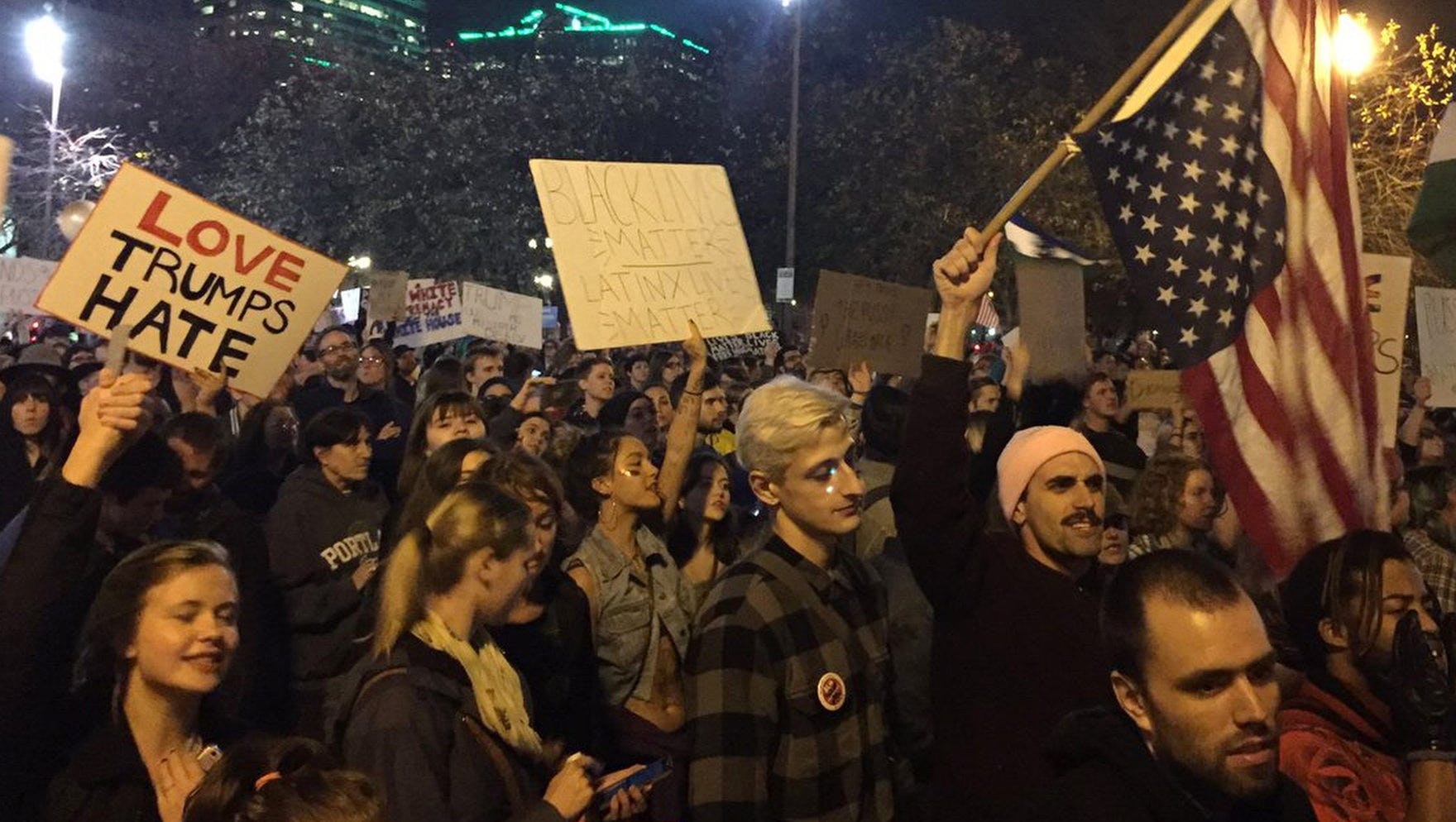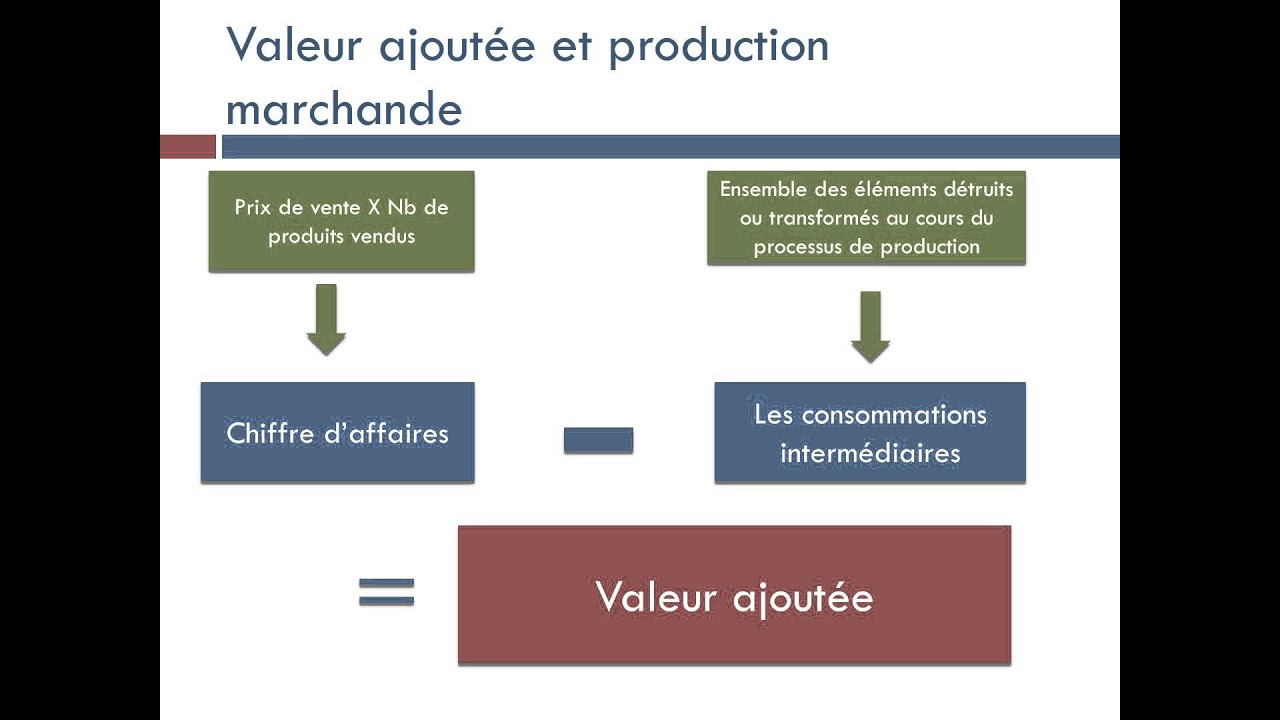American Protests: A Look At The Anti-Trump Movement

Table of Contents
The Rise of the Anti-Trump Movement
The 2016 presidential election results ignited immediate and widespread protests. The surprise victory of Donald Trump, fueled by anxieties about globalization and immigration, triggered a powerful backlash from those who opposed his policies and rhetoric. This initial wave of demonstrations quickly evolved into a sustained and multifaceted Anti-Trump Movement.
- Early protests following the 2016 election results: The day after the election, massive demonstrations erupted in major cities across the country, with many participants expressing shock and fear about the future. These early protests laid the groundwork for the larger movement to come.
- Diverse demographics involved in the protests: The Anti-Trump Movement was remarkably diverse, encompassing individuals from various racial, ethnic, religious, and socioeconomic backgrounds. This broad coalition united around shared concerns about Trump's policies and his divisive rhetoric.
- Key grievances fueling anti-Trump sentiment: A range of grievances fueled the anti-Trump sentiment. These included concerns about his stances on immigration, healthcare, climate change, and his rhetoric on women and minorities. Many felt his presidency threatened democratic norms and institutions.
- Role of social media in organizing and amplifying protests: Social media platforms like Twitter and Facebook played a crucial role in organizing protests, disseminating information, and amplifying the voices of activists. Hashtags like #Resist and #NotMyPresident became rallying cries, connecting disparate groups across geographical boundaries.
Key Issues Driving Protests
Several key policy issues and statements directly fueled widespread demonstrations against the Trump administration. These issues resonated deeply with protestors and galvanized the Anti-Trump Movement.
- Immigration policies and the "travel ban": Trump's executive orders on immigration, particularly the controversial "travel ban" targeting several Muslim-majority countries, sparked major protests across the nation and internationally. These actions were seen as discriminatory and unconstitutional.
- Environmental regulations and climate change denial: Trump's decision to withdraw the United States from the Paris Agreement on climate change and his rollback of environmental regulations ignited large-scale protests from environmental activists and concerned citizens.
- Healthcare reform and the Affordable Care Act: Efforts to repeal and replace the Affordable Care Act (ACA) generated significant opposition, with protests highlighting the potential negative impacts on healthcare access for millions of Americans.
- Social justice issues and racial equality: Trump's rhetoric and policies related to race and policing sparked widespread protests and renewed calls for social justice reform. Events like Charlottesville further galvanized the movement.
- Women's rights and reproductive healthcare: Concerns about Trump's appointments to the Supreme Court and his stance on reproductive rights led to significant protests organized by women's rights groups and reproductive rights advocates.
Forms and Locations of Anti-Trump Protests
The Anti-Trump Movement employed a wide range of protest strategies, varying in scale and location. This diverse approach amplified the movement’s reach and impact.
- Marches and demonstrations (size and frequency): From the Women's March on Washington to numerous smaller, localized demonstrations, marches became a central feature of the Anti-Trump Movement. These ranged in size from hundreds to hundreds of thousands of participants.
- Civil disobedience and acts of protest: Various forms of civil disobedience, including sit-ins and arrests, were employed to disrupt government operations and raise awareness of key issues.
- Online activism and social media campaigns (#hashtags): Online activism played a vital role, using hashtags like #Resist, #NotMyPresident, and #NeverAgain to coordinate actions, share information, and mobilize support.
- Geographic distribution of protests (urban vs. rural): While protests were concentrated in urban areas, demonstrations also occurred in smaller towns and rural communities, demonstrating a widespread opposition to the Trump administration.
- Notable protest locations and events: Major cities like New York, Los Angeles, Chicago, and Washington D.C. saw frequent and large-scale demonstrations. Specific events, like the Women's March and protests against the travel ban, became defining moments.
Impact and Legacy of the Anti-Trump Movement
The Anti-Trump Movement had a profound and lasting impact on American politics and society, shaping the political landscape in significant ways.
- Impact on the 2018 midterm elections: The energized activism of the Anti-Trump Movement contributed to the Democratic Party's gains in the 2018 midterm elections, flipping control of the House of Representatives.
- Influence on subsequent political movements and activism: The strategies and tactics employed by the Anti-Trump Movement influenced subsequent activist movements, demonstrating the power of sustained mobilization and diverse participation.
- Long-term effects on political discourse and polarization: The movement contributed to increased political polarization, while also highlighting the intensity of public sentiment on key policy issues.
- Shifts in public opinion and awareness of key issues: The protests helped to raise public awareness of key issues like immigration, climate change, and healthcare, leading to shifts in public opinion in some areas.
- Lessons learned about organizing and mobilization: The Anti-Trump Movement offered valuable lessons regarding the effectiveness of different organizing strategies, the importance of coalition building, and the power of sustained activism.
Conclusion:
The Anti-Trump movement was a diverse and widespread response to the Trump presidency, driven by concerns about various policies and the President’s rhetoric. It utilized various forms of protest and significantly impacted the political landscape. Understanding the dynamics of the Anti-Trump movement is crucial for comprehending contemporary American politics. Further research into specific protest events, the role of social media, and the lasting impact on policy debates will provide a more comprehensive understanding of this significant period in American history. Continue exploring the history of the Anti-Trump Movement and its influence on today's political climate. Analyze the strategies employed and consider how this period of intense political engagement shapes current and future political action.

Featured Posts
-
 Infotel Une Valeur Ajoutee Reelle Pour Vos Projets
Apr 23, 2025
Infotel Une Valeur Ajoutee Reelle Pour Vos Projets
Apr 23, 2025 -
 White House Cocaine Investigation Secret Service Concludes Inquiry
Apr 23, 2025
White House Cocaine Investigation Secret Service Concludes Inquiry
Apr 23, 2025 -
 English Language Leaders Debate 5 Crucial Economic Takeaways
Apr 23, 2025
English Language Leaders Debate 5 Crucial Economic Takeaways
Apr 23, 2025 -
 Thlyl Ser Aldhhb Alywm Balsaght Bed Alankhfad
Apr 23, 2025
Thlyl Ser Aldhhb Alywm Balsaght Bed Alankhfad
Apr 23, 2025 -
 Rowdy Tellez Vs Former Team Watch The Sweet Revenge
Apr 23, 2025
Rowdy Tellez Vs Former Team Watch The Sweet Revenge
Apr 23, 2025
Latest Posts
-
 Edmonton Oilers Draisaitl Expected Return For Playoffs
May 10, 2025
Edmonton Oilers Draisaitl Expected Return For Playoffs
May 10, 2025 -
 Three Stars Shine Draisaitl Hellebuyck And Kucherov In Hart Trophy Race
May 10, 2025
Three Stars Shine Draisaitl Hellebuyck And Kucherov In Hart Trophy Race
May 10, 2025 -
 Predicting The 2025 Nhl Playoffs After The Trade Deadline
May 10, 2025
Predicting The 2025 Nhl Playoffs After The Trade Deadline
May 10, 2025 -
 Draisaitl Hellebuyck And Kucherov 2023 Hart Trophy Finalists
May 10, 2025
Draisaitl Hellebuyck And Kucherov 2023 Hart Trophy Finalists
May 10, 2025 -
 2025 Nhl Trade Deadline Impact On Playoff Races
May 10, 2025
2025 Nhl Trade Deadline Impact On Playoff Races
May 10, 2025
